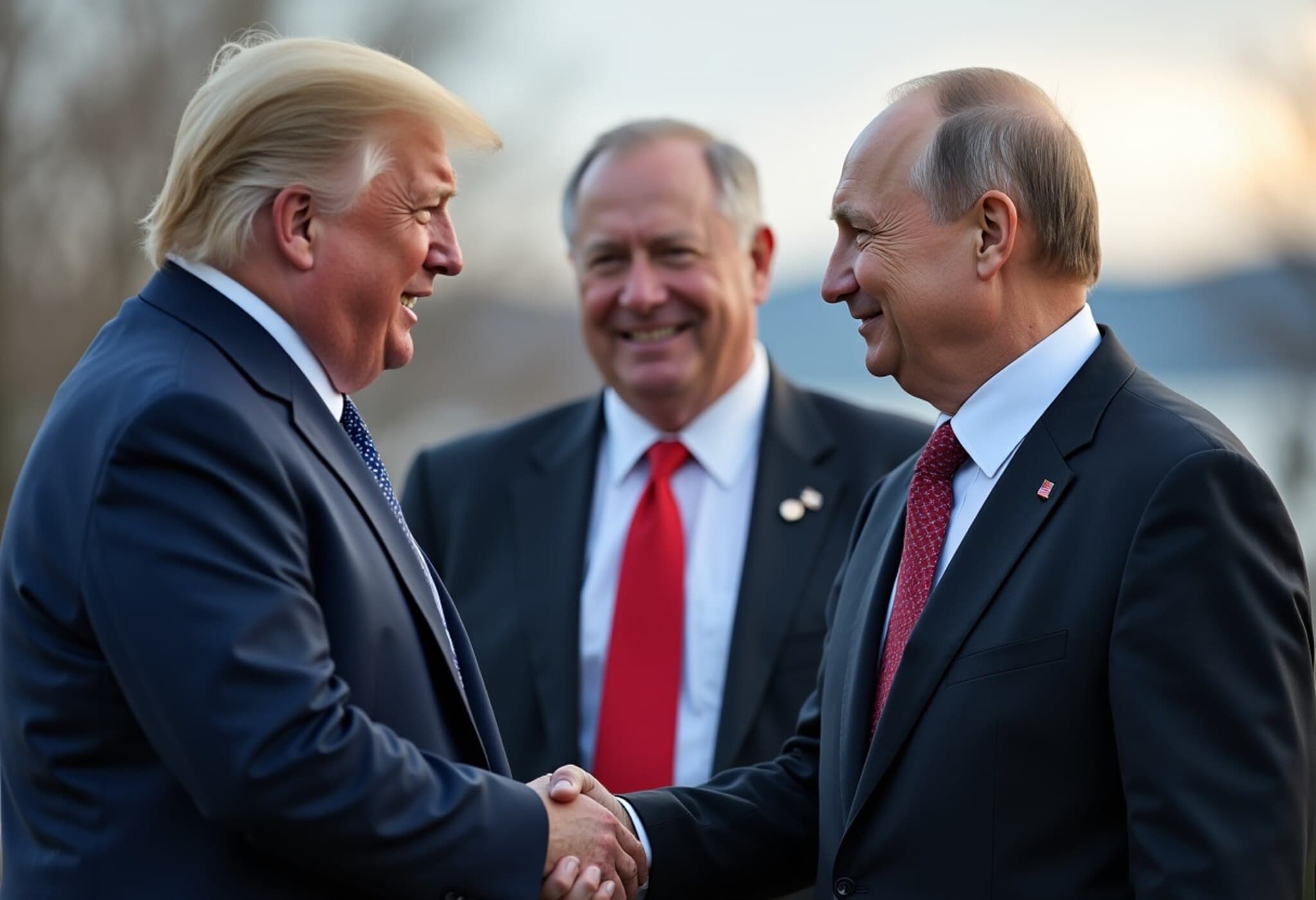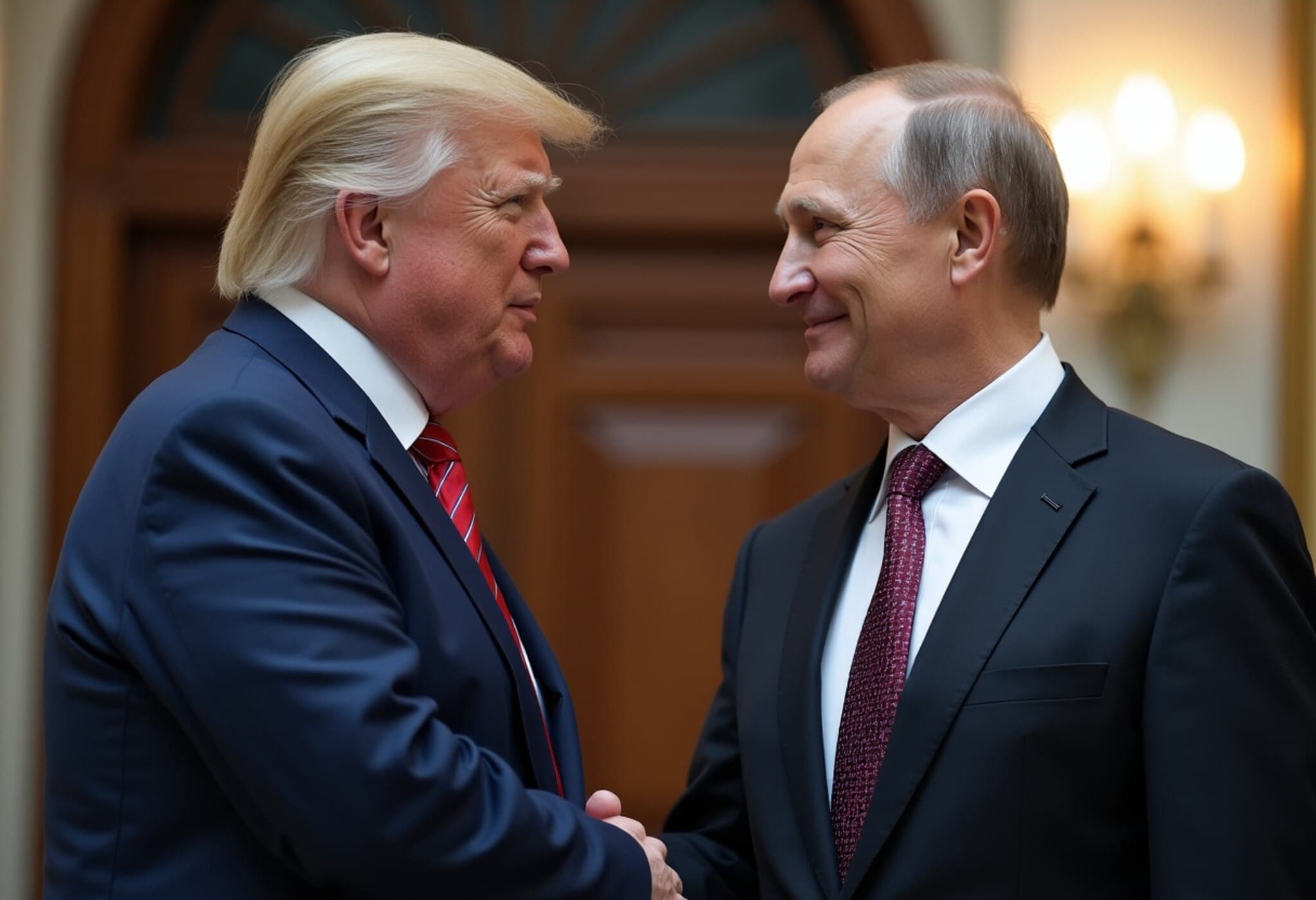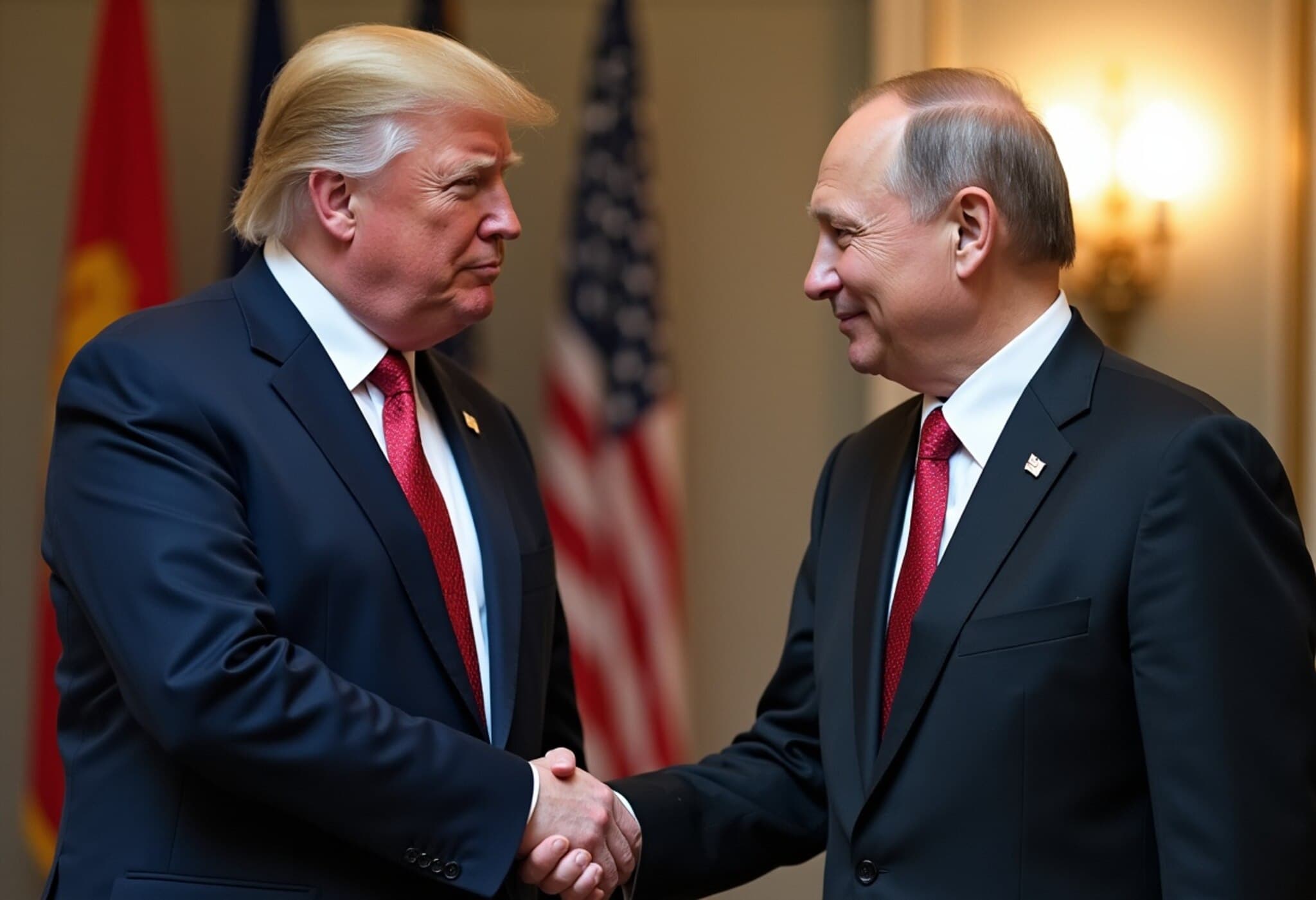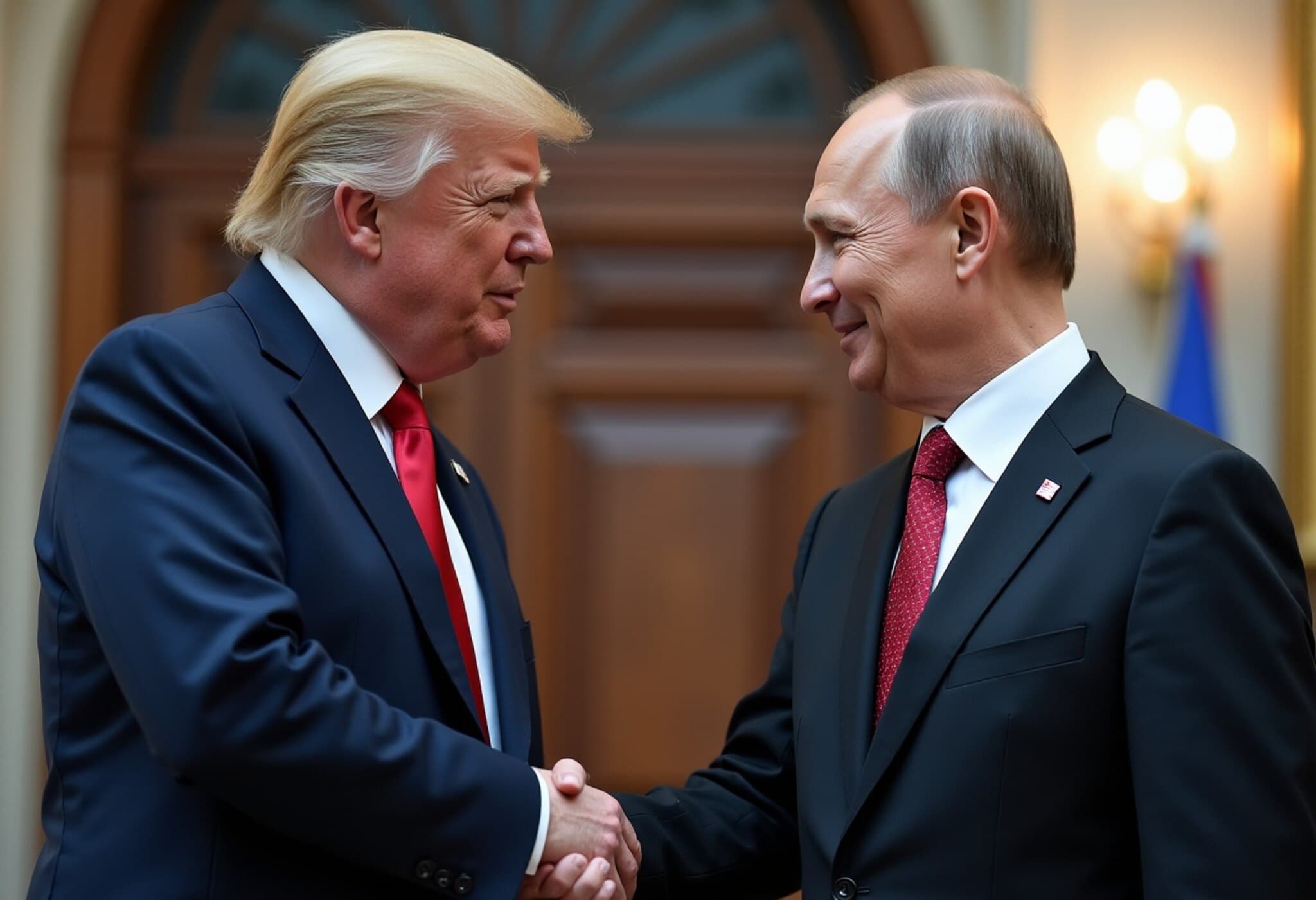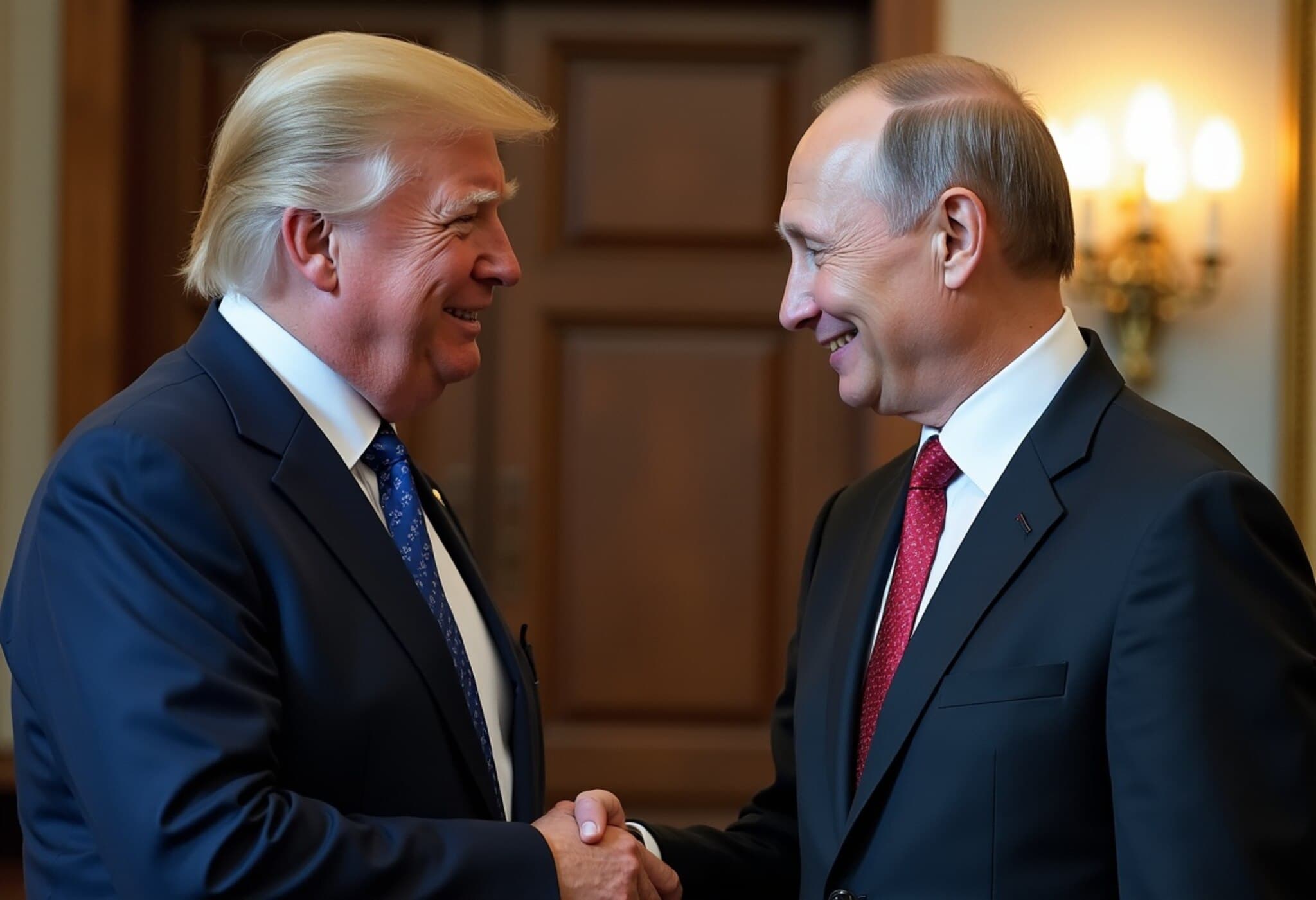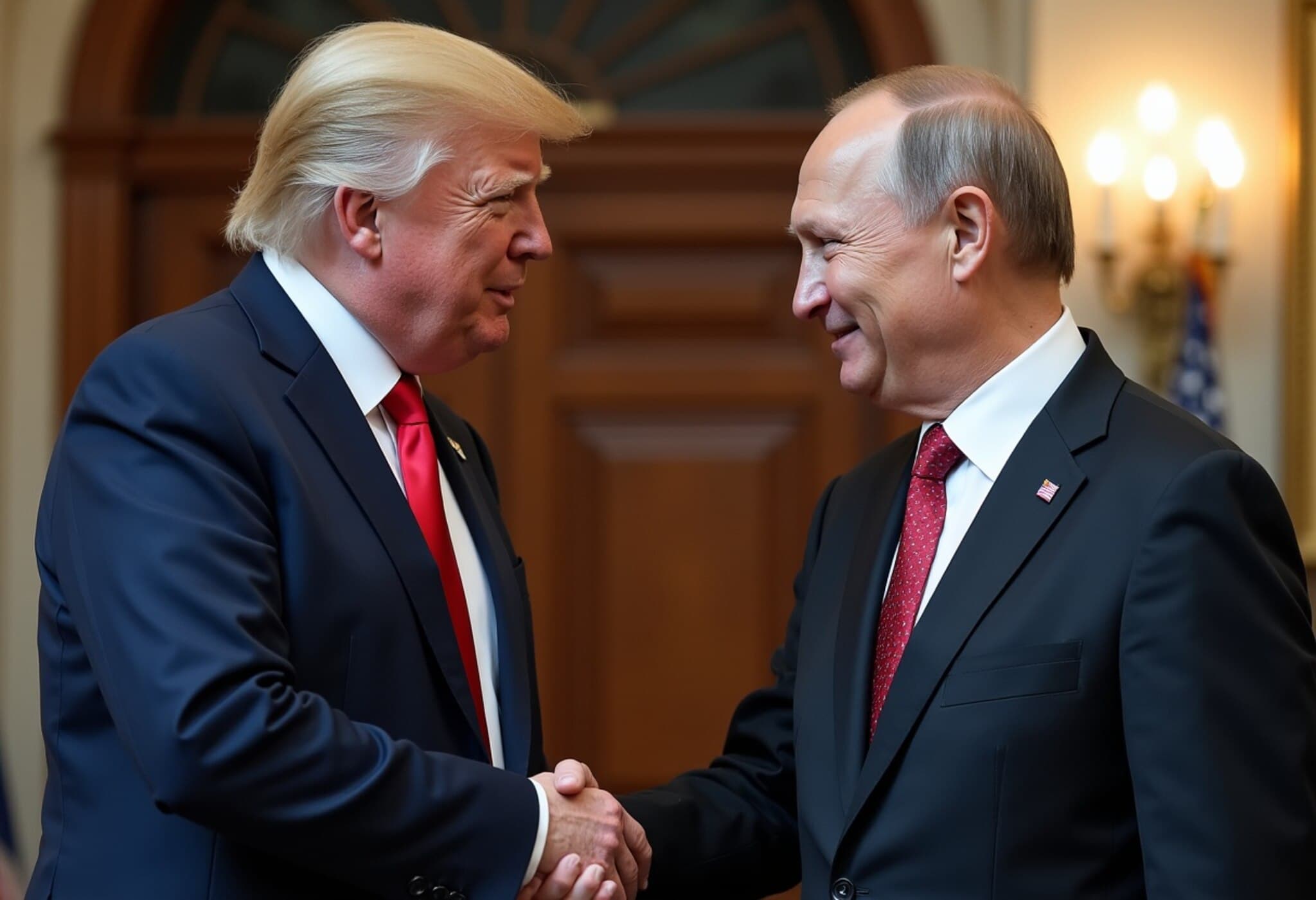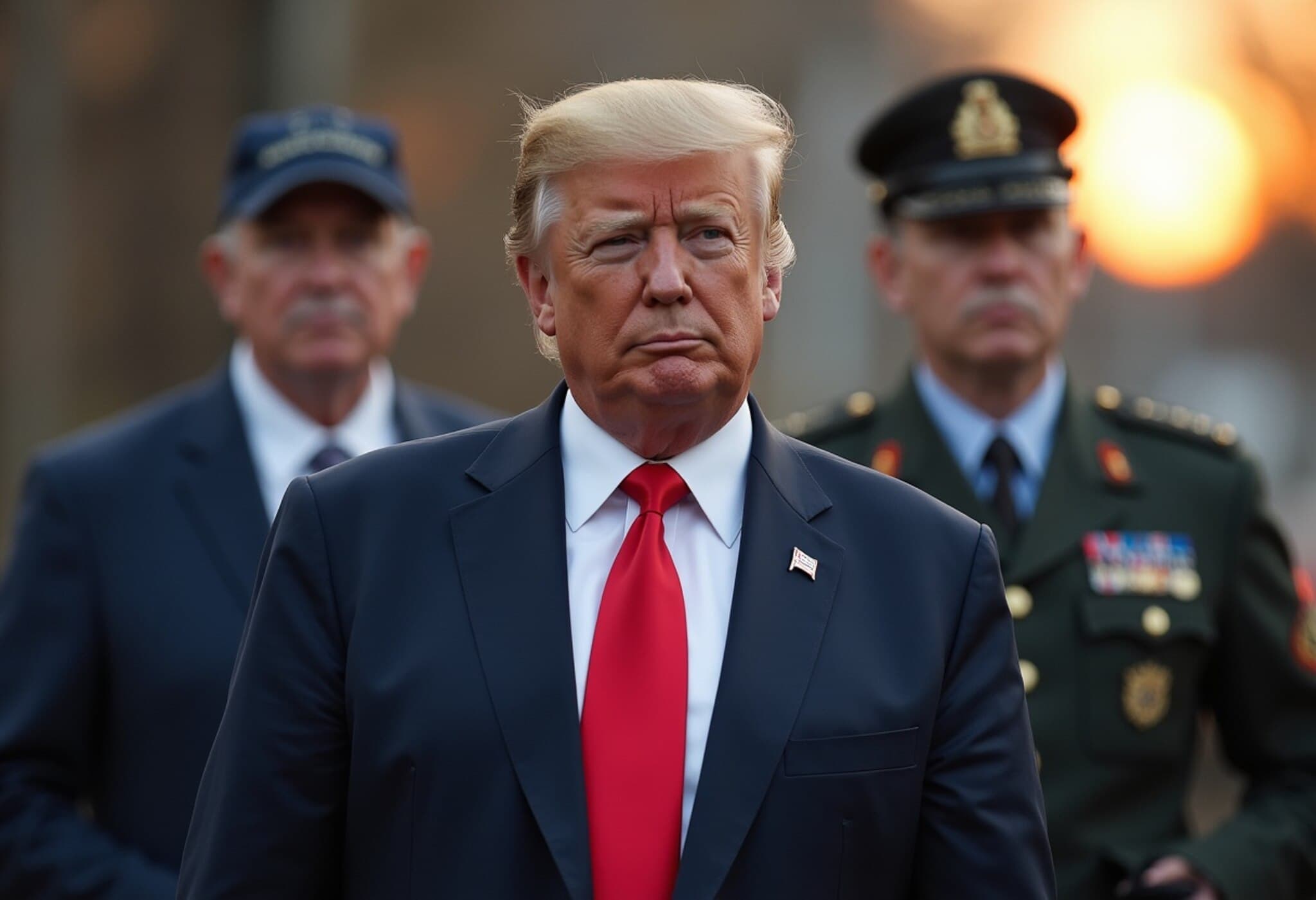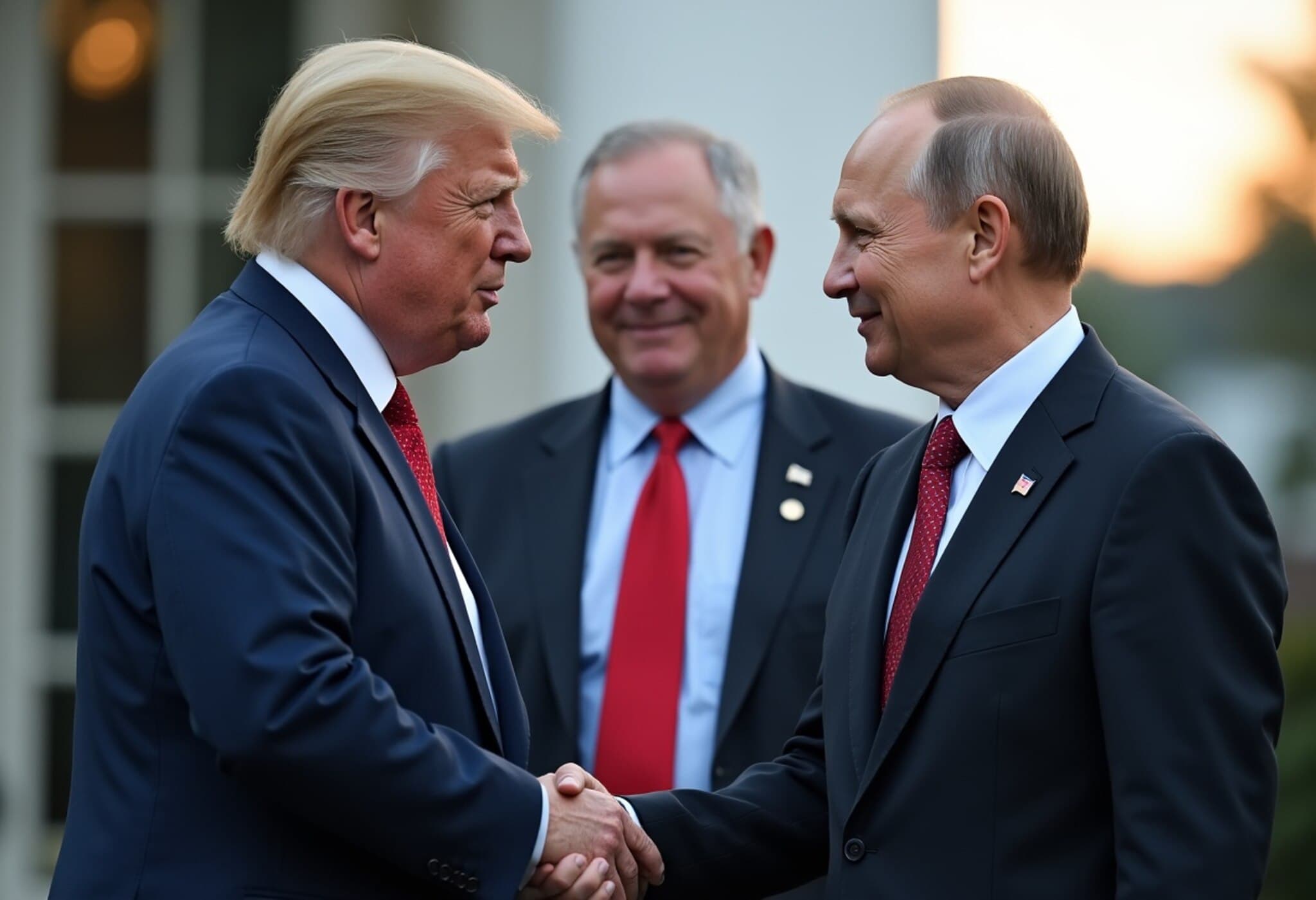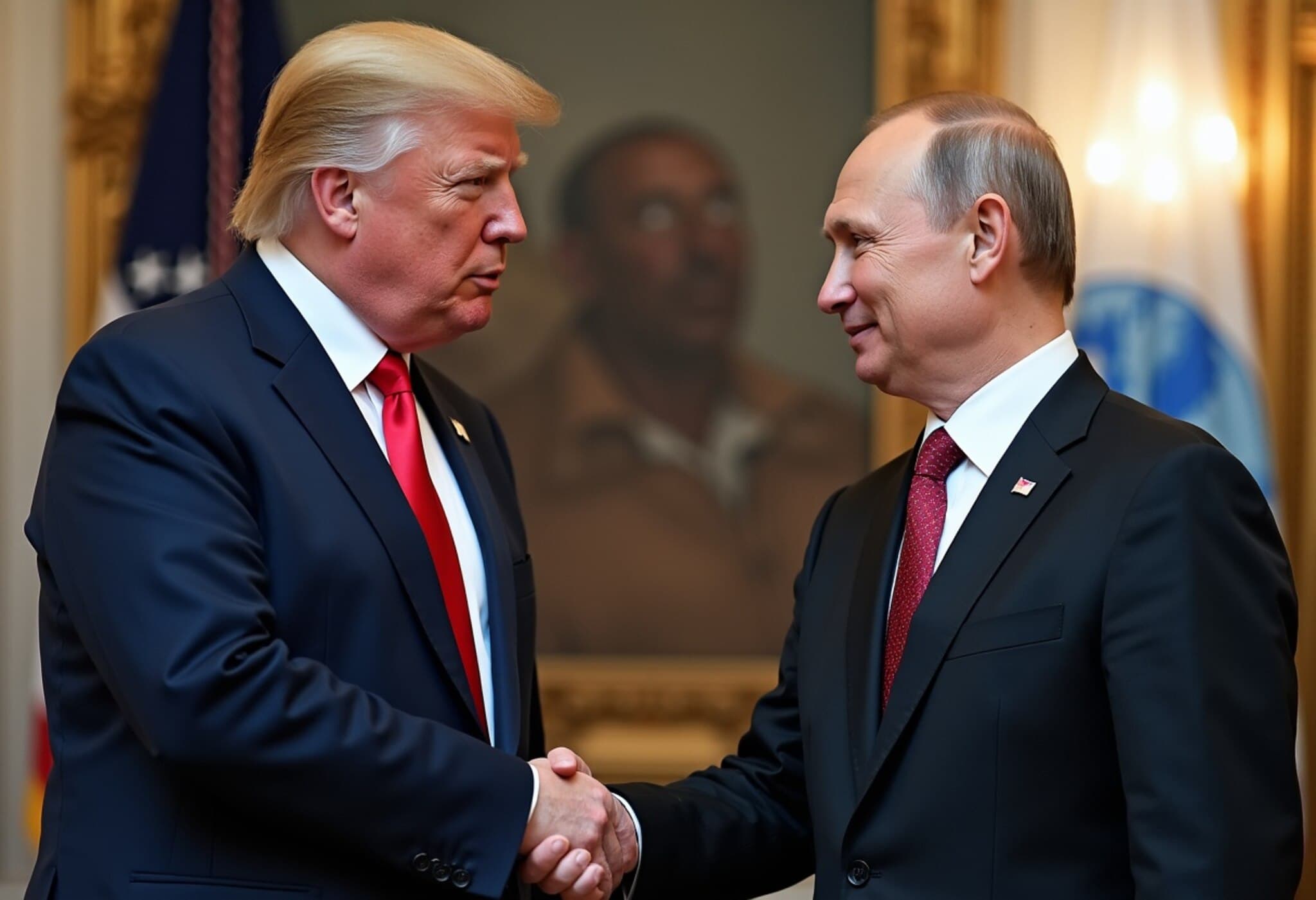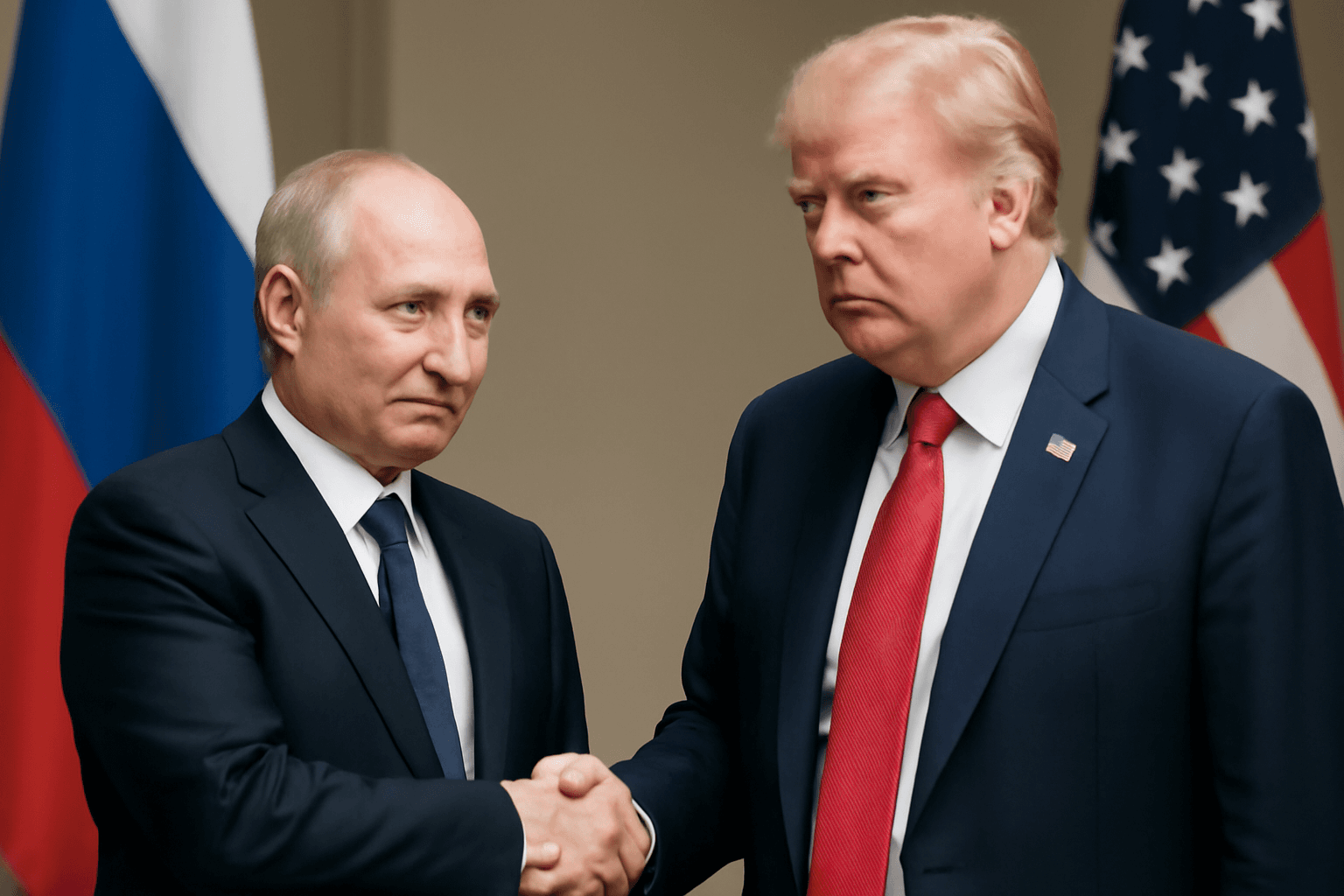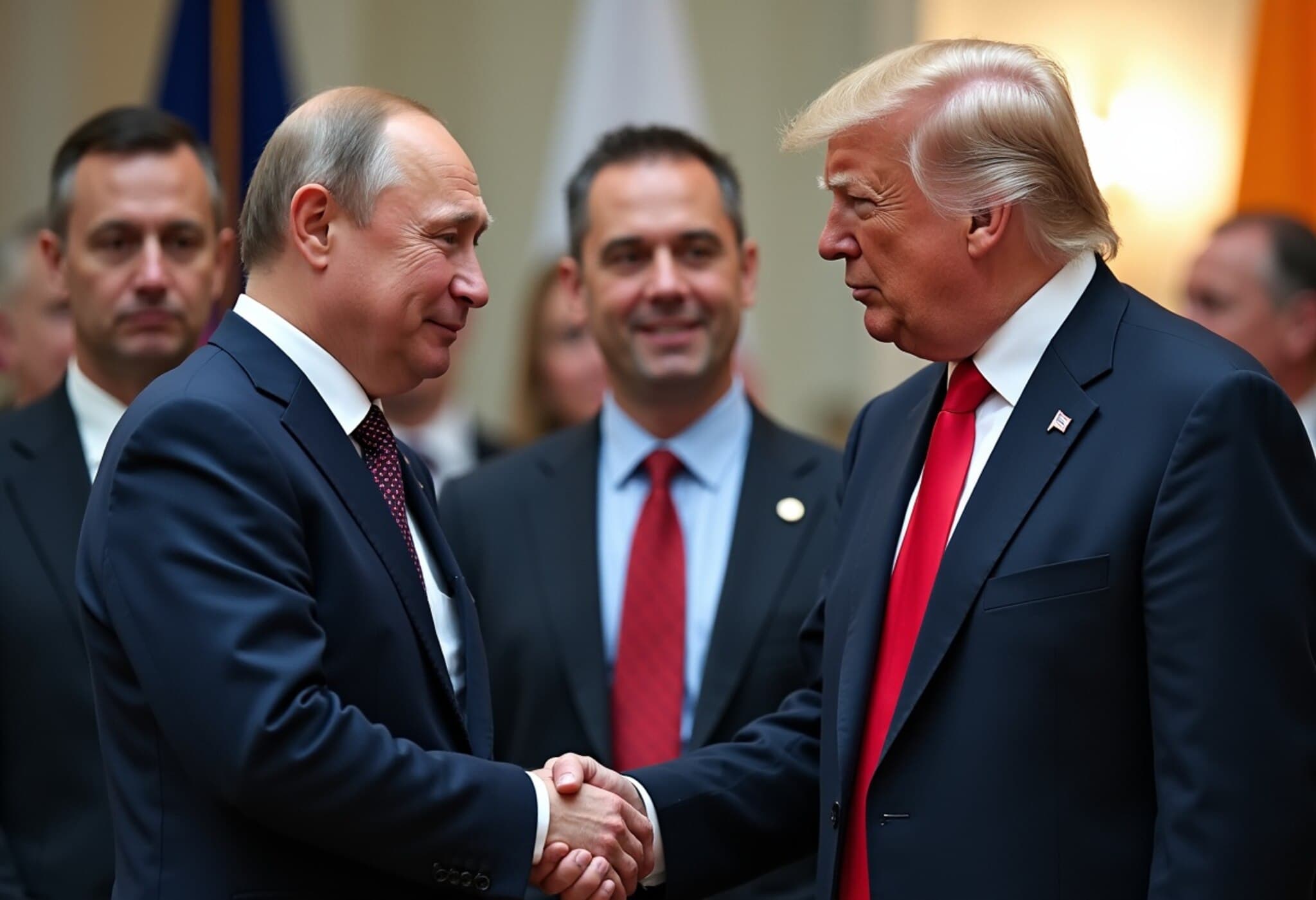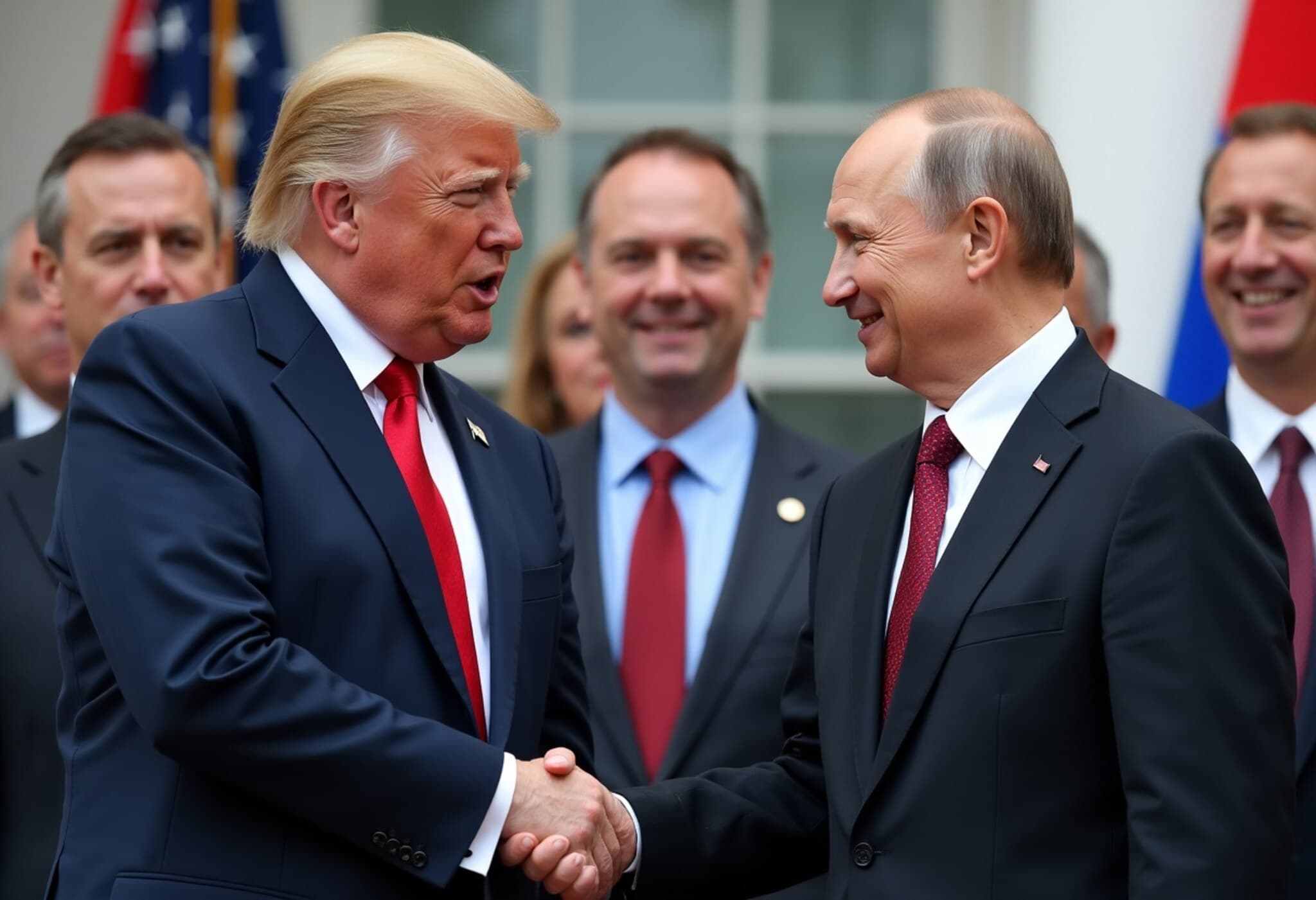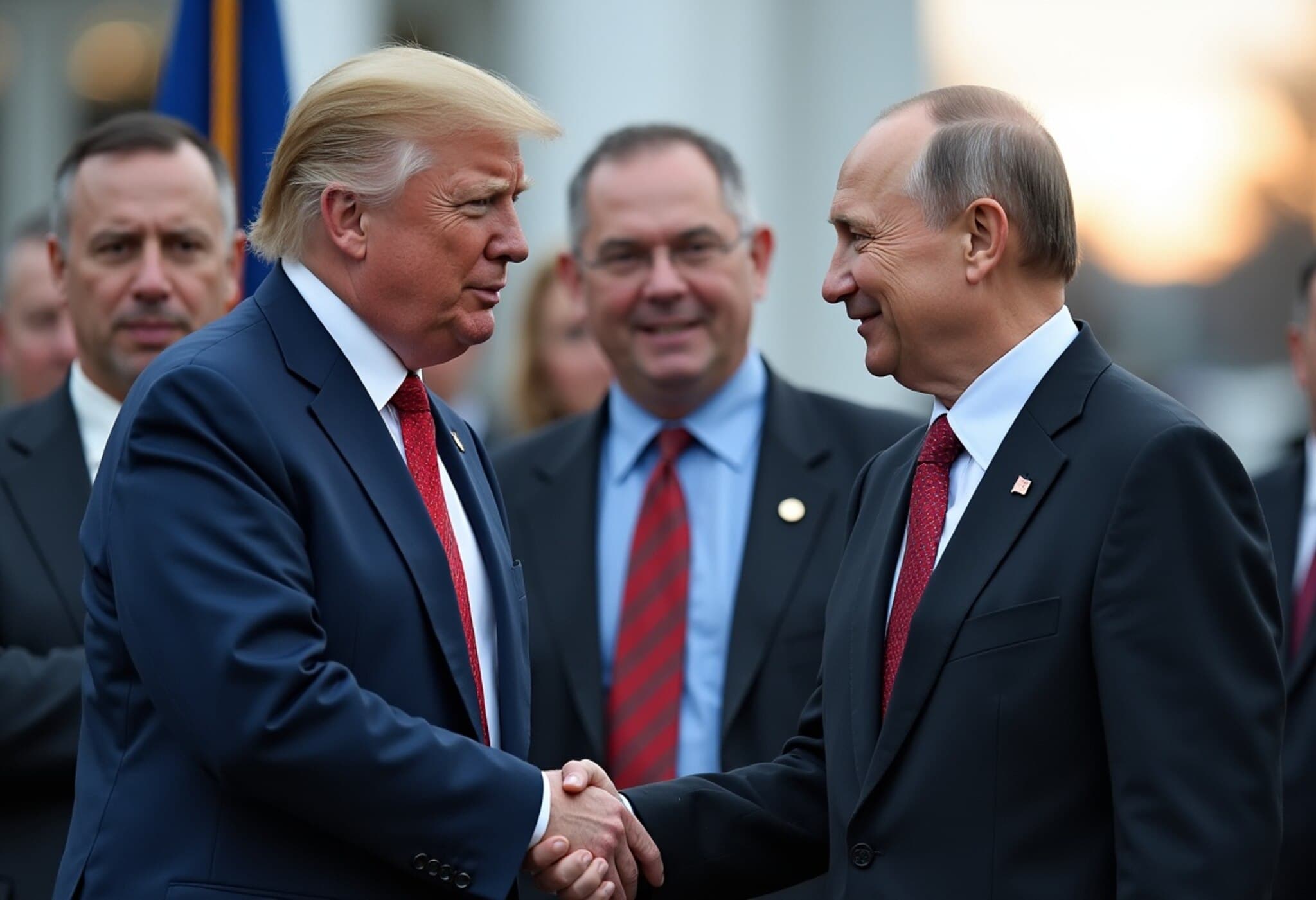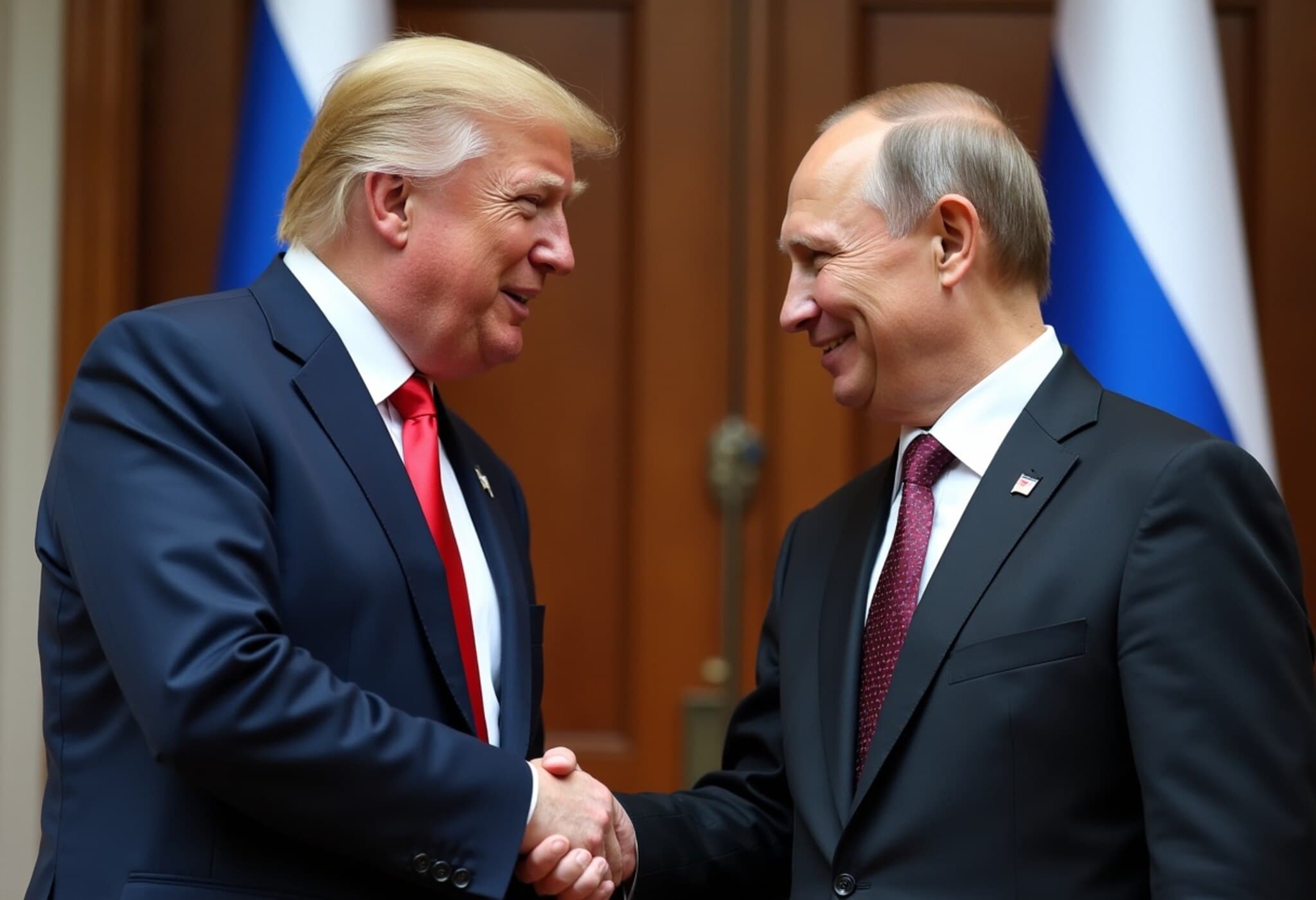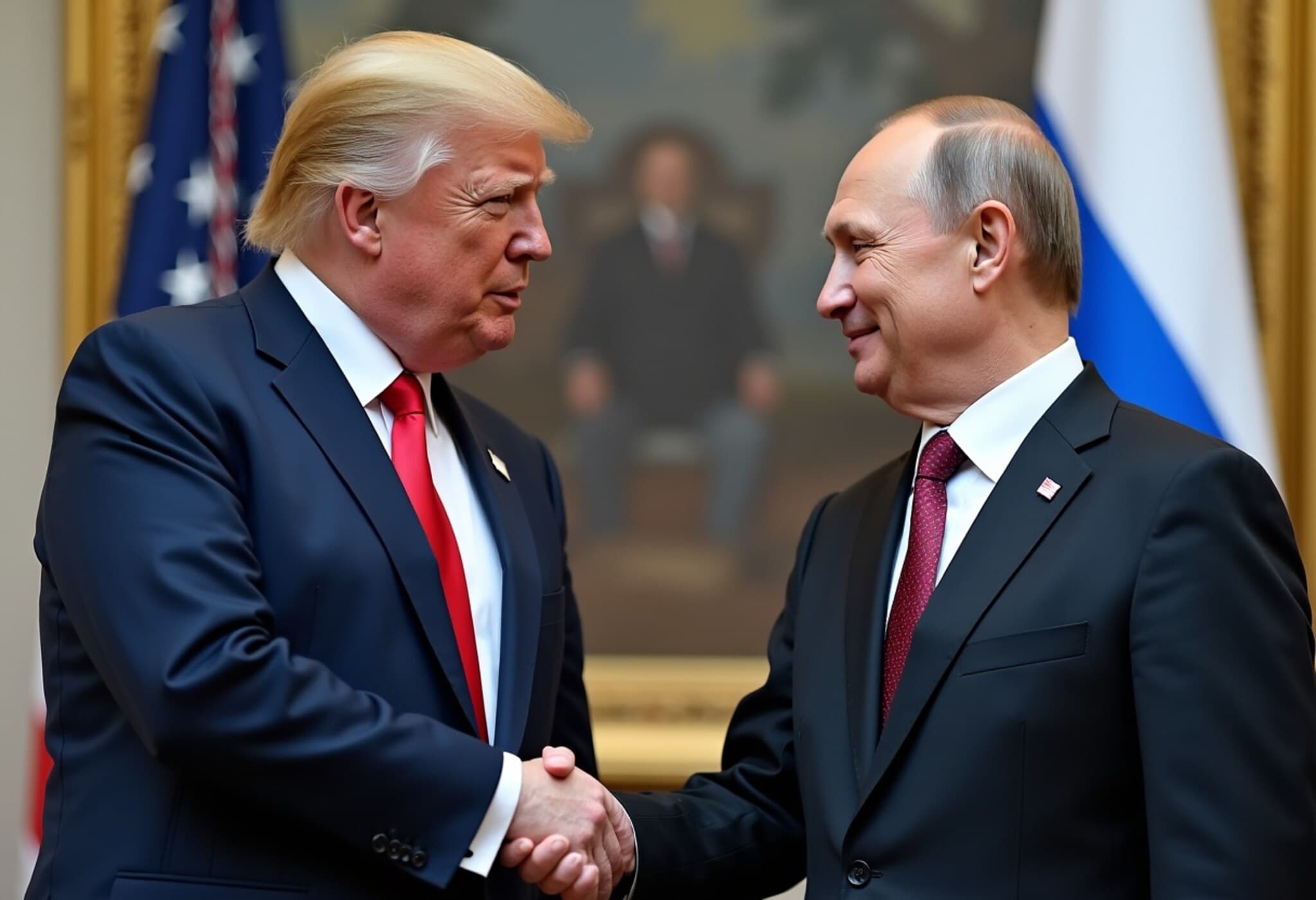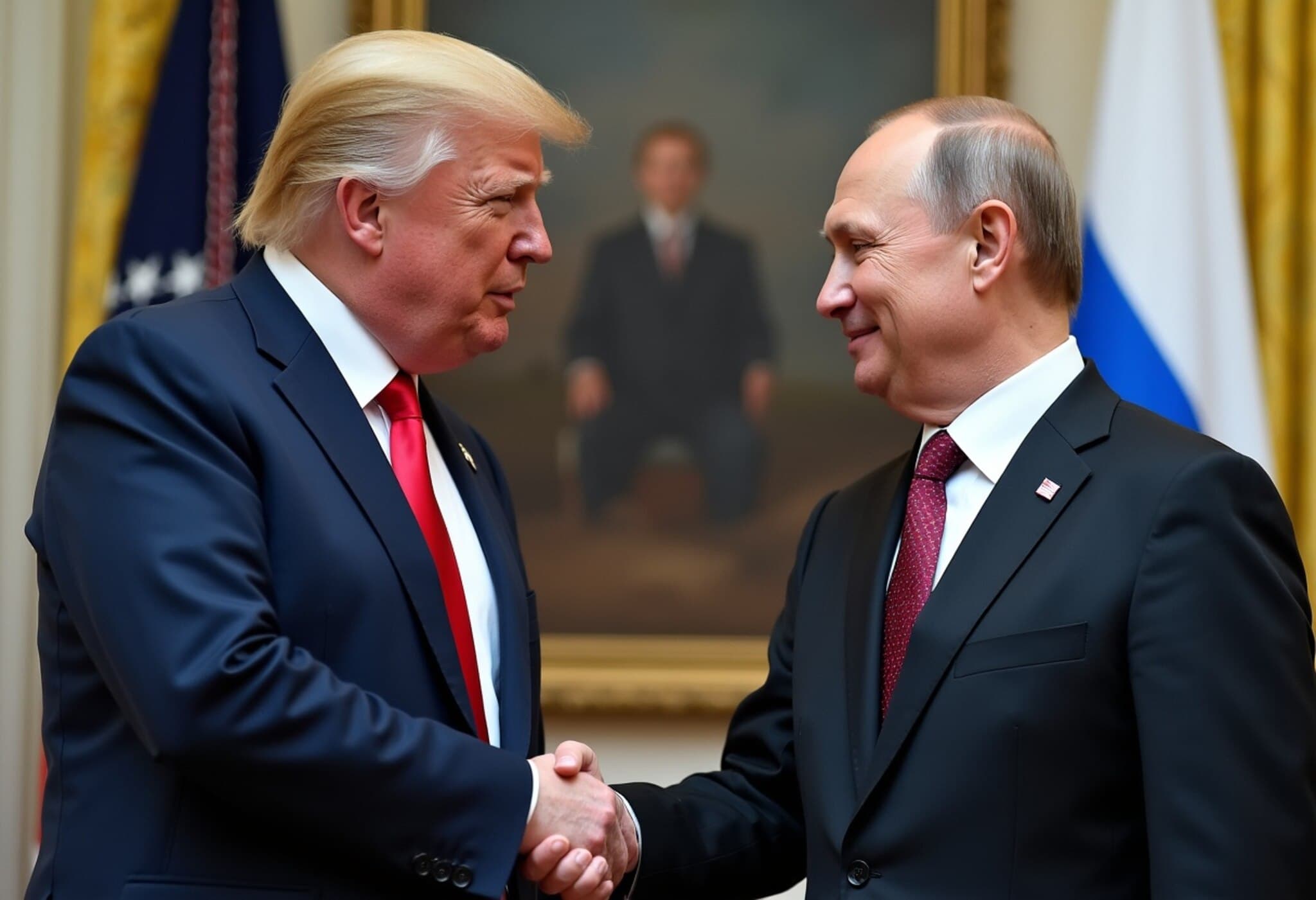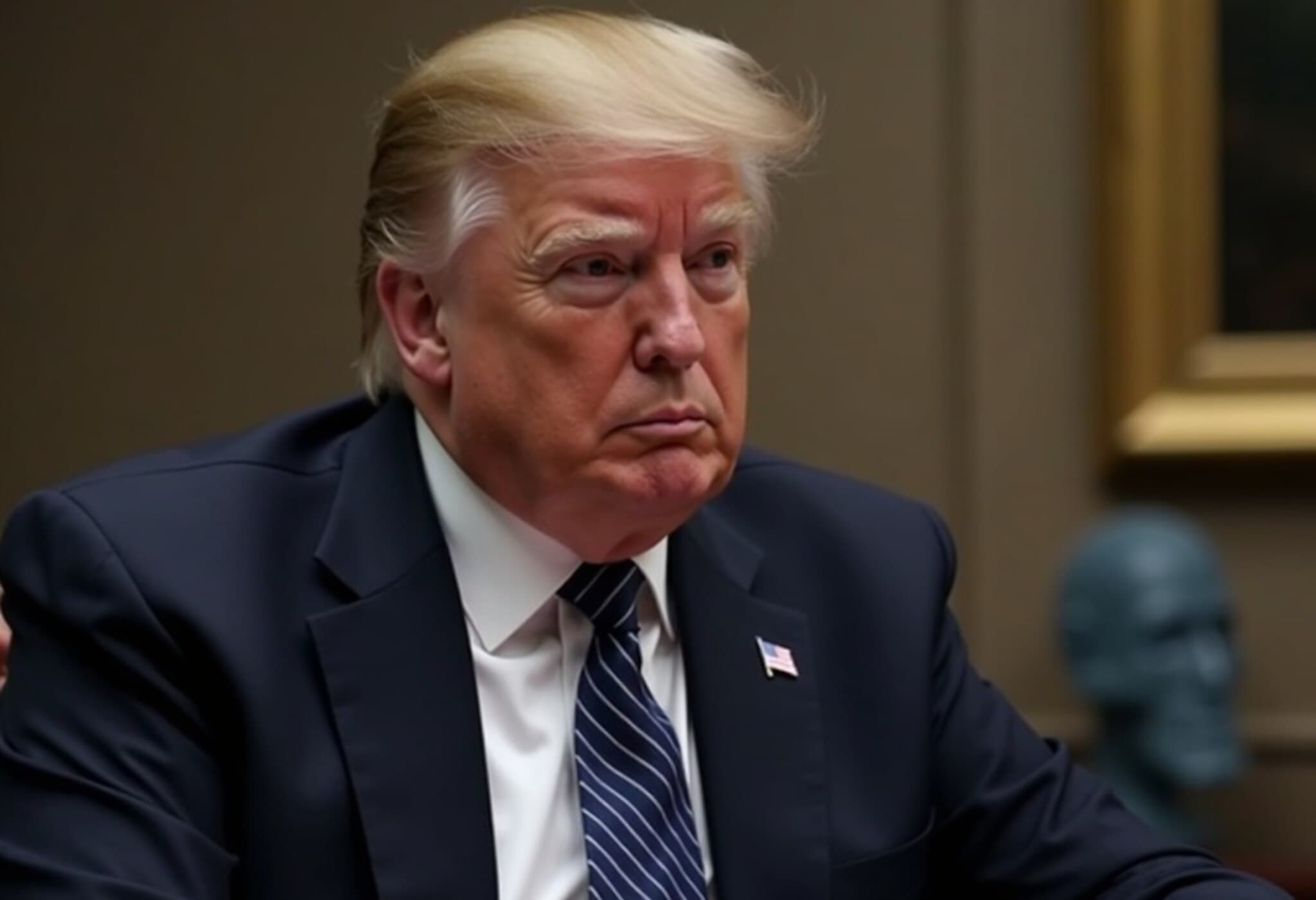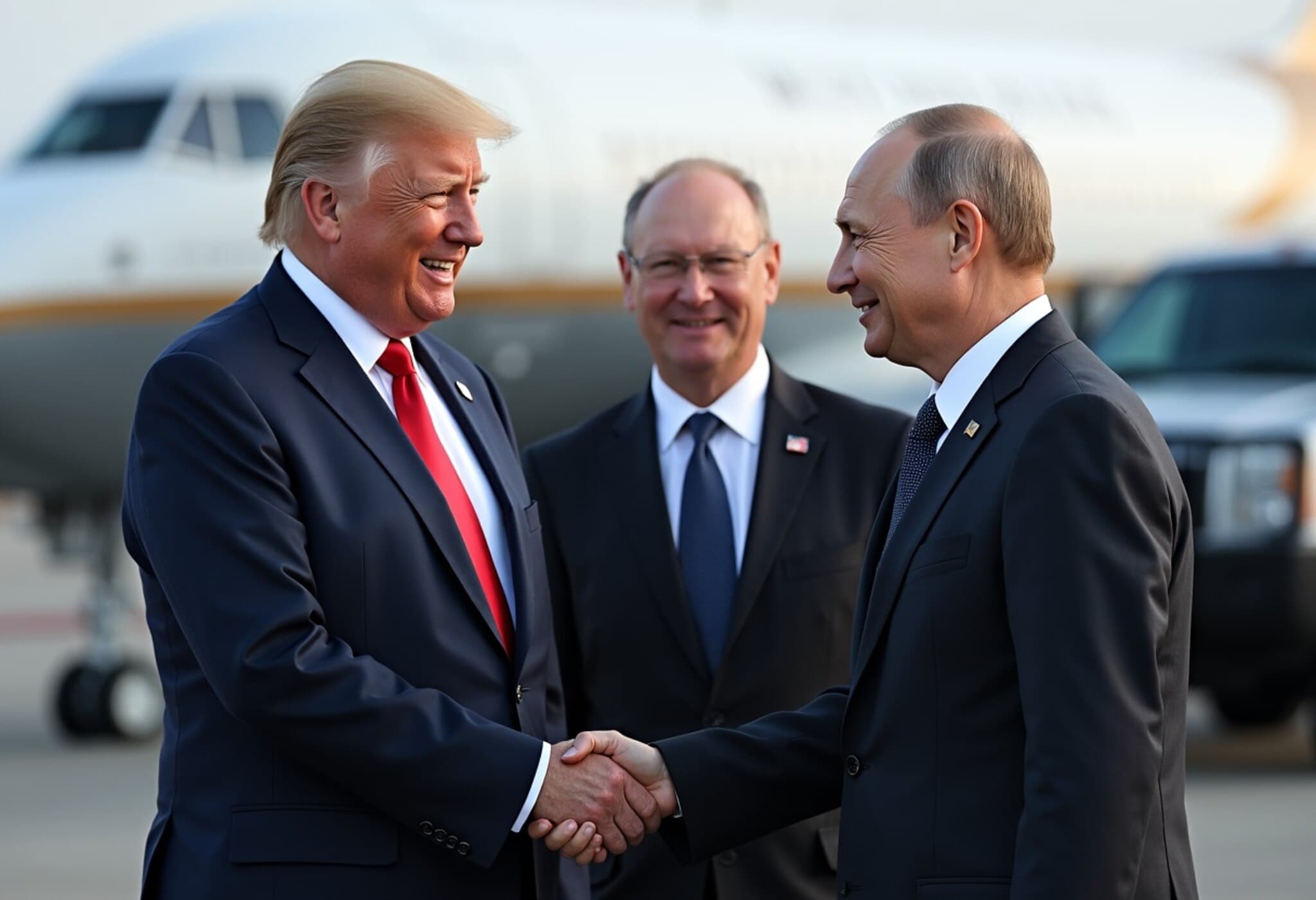US-Russia Summit Kicks Off in Alaska Amid High Stakes on Ukraine
On August 15, 2025, President Donald Trump and Russian President Vladimir Putin convened a pivotal bilateral meeting at Joint Base Elmendorf-Richardson in Anchorage, Alaska. As Air Force One touched down, anticipation was high surrounding the summit’s agenda focused on the enduring conflict in Ukraine and prospects for peace.
The summit opened with a distinctive three-on-three meeting involving top diplomats from both sides, preceding a larger working lunch aimed at broader discussions. The backdrop, emblazoned with "Alaska 2025" and the phrase "Pursuing Peace," set a hopeful yet cautious tone.
Who Makes Up the Delegations?
United States Team: President Trump was accompanied by Secretary of State Marco Rubio, a former vocal critic of Russia now heading the State Department, signaling a nuanced shift in American diplomatic posture. Alongside Rubio was Steve Witkoff, the President's envoy who has spearheaded direct negotiations with Russian officials in recent months.
Russian Delegation: President Putin was supported by Foreign Minister Sergei Lavrov and senior presidential adviser Yuri Ushakov. Lavrov, steering Russian foreign policy for over two decades, brings seasoned expertise, while Ushakov, a former ambassador to the US, has been instrumental in shaping the Kremlin’s strategic communications.
Contextualizing the Talks: Between Diplomacy and Skepticism
Compared with the 2018 Helsinki summit—marked by a prolonged private tête-à-tête before aides joined—the Alaska meeting’s immediate group discussions suggested a more collaborative but still measured approach. However, Ukrainian President Volodymyr Zelenskyy remained noticeably absent from the summit, highlighting ongoing geopolitical sensitivities and the fractured international responses to the conflict.
President Trump warned of "very severe consequences" should Moscow refuse to cease hostilities in Ukraine, underscoring the high diplomatic pressure. At the same time, he floated the possibility of a subsequent trilateral summit including Zelenskyy and potentially cautious European leaders, though skepticism about Putin’s reliability remains pervasive in Western capitals.
Implications for U.S. Foreign Policy and Global Security
This summit is unfolding against a complex backdrop: the US grapples with balancing pressure on Russia to end the Ukraine war with the pragmatic need for dialogue. Rubio’s role signals Washington’s intent to blend firm stance with diplomatic engagement, while the presence of Witkoff hints at ongoing behind-the-scenes negotiation efforts.
From a broader American policy perspective, this meeting tests the durability of diplomatic channels after years of geopolitical friction. The optics of the summit—highlighted by the choice of Alaska, a symbolic midpoint between East and West—reveal an effort to project a commitment to dialogue amid deep distrust.
Underreported Narratives and Unanswered Questions
- What role will the U.S. Congress and allied European nations play in shaping any follow-up actions resulting from this summit?
- How might domestic political pressures on both Trump and Putin influence negotiation outcomes?
- To what extent are back-channel communications paving the way for sustained diplomacy beyond this high-profile meeting?
- How does excluding Ukraine’s leadership affect the legitimacy and potential success of peace efforts?
These critical, yet often overlooked angles merit deeper consideration as the diplomatic process unfolds.
Looking Ahead: The Road to Peace or Further Complexity?
While the Alaska summit offers a platform for dialogue, real progress depends on translating talks into actionable commitments. The declared intent to pursue peace is a hopeful sign, yet the war's entrenched complexities and mutual mistrust pose significant hurdles.
Observers should watch closely how these discussions influence subsequent diplomatic moves, sanctions regimes, and on-the-ground developments in Ukraine.
Editor’s Note
This Alaska summit underscores the perennial challenges of negotiating peace amid deep geopolitical rivalries. It also raises compelling questions about the role of diplomacy in contemporary conflicts: Can dialogue succeed without key stakeholders at the table? How do domestic politics and international alliances shape these high-stakes negotiations? As the world watches, the need for transparent, inclusive, and sustained engagement has never been more urgent.

